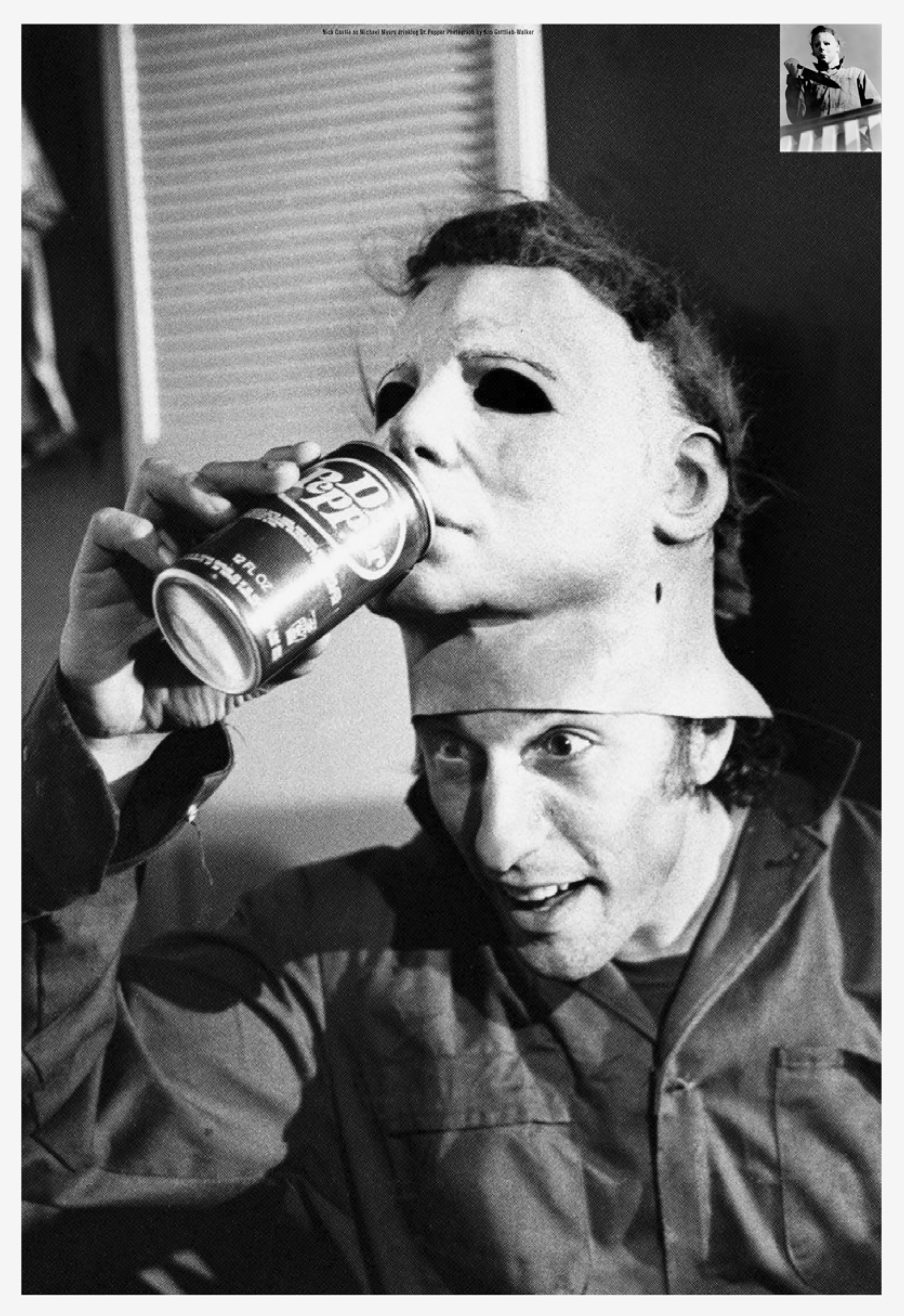Suburbs
The post-war American suburb is relentless in its pursuit of
normalcy. Turn left, turn right, there’s the same house, with the same perfectly pitched roof, tracing the same slightly curved street modeled after
the same picturesque garden path. In the mornings the patriarchs pull
their identical station wagons out of their identical driveways en route to
their interchangeable white collar jobs in the city, leaving their wives to stay
behind and tend to their mass-manufactured built-in kitchen wares. By
evening’s end, the pot roast recipe from that week’s Good Housekeeping
has materialized, just in time for the returning fathers to gorge on before
tucking in their 1.5 children. Sweet dreams, little ones—but how could
their dreams be otherwise, in this environment of anodyne perfection?Of course, hiding behind this facade of ordinariness are all sorts of hidden sins. The suburbs’ glitzy consumer products and shiny automobiles are in reality guzzlers of gasoline and stompers of carbon footprints. Those spic- and-span homes attain their magazine-readiness at a cost, namely the un-paid labor of claustrophobic housewives suffering from the “problem with no name.” And the suburbs’ sunshine-y sameness? Lurking behind the homogeneity are exclusionary FHA loans and racist redlining practices. Altogether it’s a wallop: social conformity, environmental degradation, government-sponsored disenfranchisement. Maybe those sweet dreams should’ve been nightmares after all.
While it took the general public some time to realize that the land of white picket fences ought to have us screaming in fright, horror makers did not suffer from the same delay in understanding. Almost as soon as Levitt & Sons set up their supply chains, Shirley Jackson’s The Road Through the Wall imagined suburbia as a small-minded murderous enclave. Then came Carrie’s high school horrors, Carpenter’s wordless knife-wielder, Levin’s robotic Stepfords, Craven’s dream-invading psycho, on up to Laura Palmer’s interdimensional domestic tormentor and the as-yet-to-be-imagined tract house horrors of the future. In these works of suburban gothic our fantasy of pastoral bliss is torn asunder. While these frightmavens may not be consciously evoking the more academic critiques of suburbia adumbrated above, their primordial narratives of killers-amidst-trimmed-hedges sure as hell give voice to them.
If horror directors have these intuitive powers, what of their location scouts? Each haunted house and site of grisly murder was first just an ordinary suburban house—it was only the prescient eye of the location scout that crowned it host to narrative terrors. This poster series seeks to discover what physical properties deem a house fit for playing such a dark role. Can formal analysis reveal any shared qualities underlying cinema’s most notorious two-story detached houses? Can we read suburbia’s sins in its facade design? Did the makers of the suburbs mass-produce evil mystical geometries alongside inequality? Is suburbia’s rot communicable via elevation? As this poster series expands, perhaps these mysteries will be solved. We wait, with bated breath, for the frightening answers.
A collaboration with Hyung Cho and Nicholas Miller. Suburbs is the first poster series of Familiars Strangers, a small press dedicated to venturing outside of traditional knowledge networks to explore what lessons nonprofessional practioners—with an emphasis on experts in horror and other speculative genres—may have for designers of the built environment.



